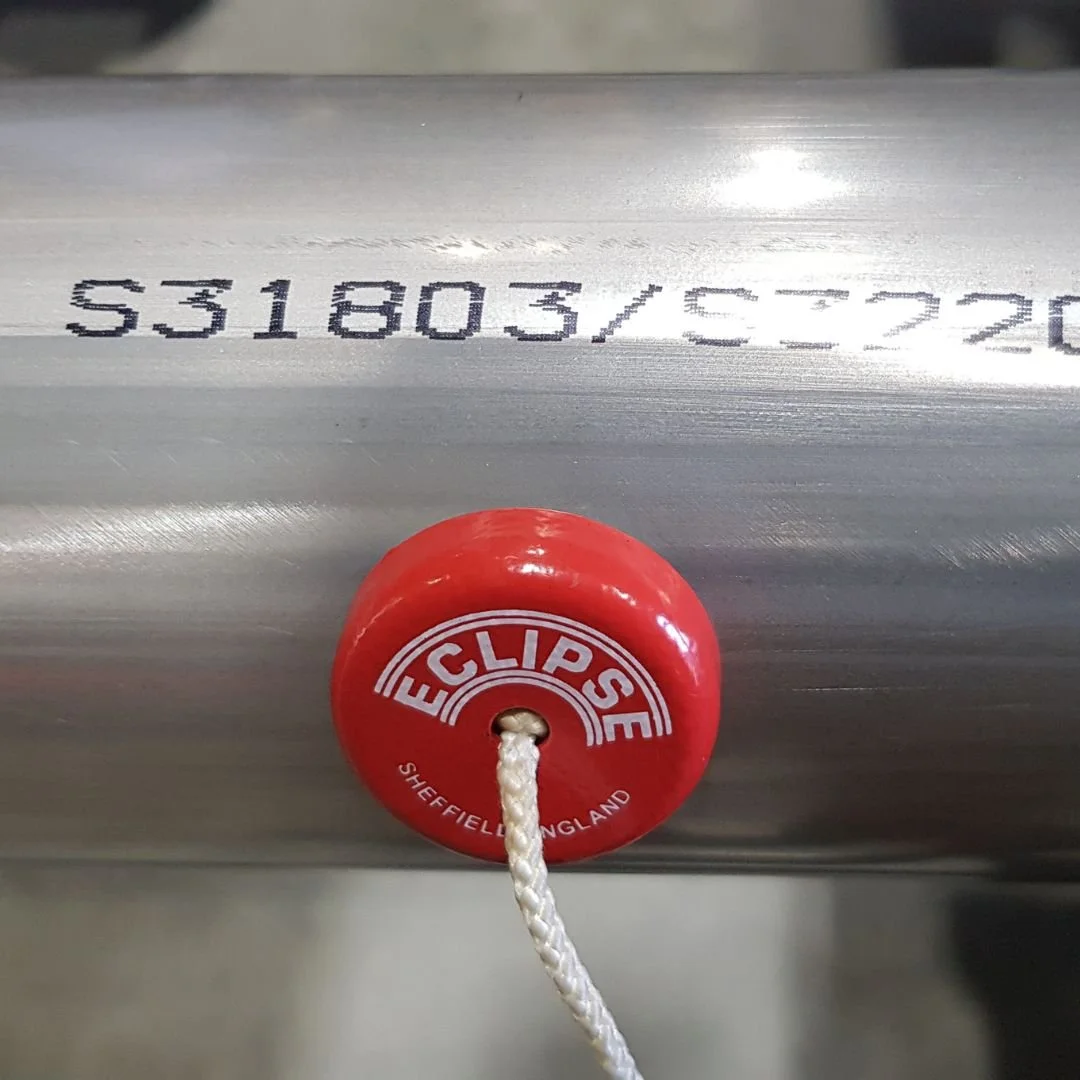Is Stainless steel magnetic?
By Chris Waltos, metallurgist
The subject of magnetism in Stainless steels is well addressed, however in the real world we still see gaps in the layman understanding of the why’s and the how’s.
Here, we seek to provide a simple explanation as to why Stainless steels are, or are not, magnetic, and give some practical considerations to keep in mind.
A bit of metallurgy
Magnetism in materials stems from a particular physical property: relative permeability (µ/µ₀). Generally, the higher this number, the more magnetic the material. As a comparison, pure iron is very high (~100,000), mild steel is somewhat high (100-1000), and austenitic Stainless steels very low (close to 1).
But why such different properties when they all contain lots of iron? The secret is in the atomic arrangement of the iron atoms. When Stainless steels are being produced (continuously cast into blooms, billets or slabs from molten metal), upon cooling they form different crystalline phases. Depending on how the melt is alloyed, the atoms will generally arrange into either BCC (body centred cubic) or FCC (face centred cubic) lattices. So what? Well, as it turns out, BCC structures are magnetic and FCC type are non-magnetic. The reasoning is complex, but is to do with the orientation of electrons in the atoms which form these crystalline structures.
So how does this translate to our world of Stainless steels? Let’s consider 3 common families: ferritics & martensitics (400 series), austenitics (200 and 300 series) and duplexes. Thinking back to the metal cooling during casting, the amount of carbon (and a few other elements) directly influence whether we get, in simple terms, austenite, ferrite, or a mix of these. If we study the atomic arrangement of these now solid metals, we can see that ferritic materials adopt a BCC arrangement, and austenitic materials FCC. Duplexes get a bit of both. Remembering back, we now have our conclusion: ferritic stainless steels are magnetic (as well as duplex grades due to have about 50% ferrite), while austenitics (like 304 and 316) are not.
Things to keep in mind
In the real world, things of course aren’t so black and white.
Common austenitic grades can still exhibit mild magnetism for a number of reasons. Cold worked 304 and other high formability alloys, when bent or drawn, form strain induced martensite which is, you guessed, magnetic. Forged bolts also exhibit some magnetism, resultant from the forming processes. Even edge deformation (shearing, cutting) induces the same effect.
When welding austenitics, filler metals are chosen to deliberately form small amounts of ferrite, as this helps prevent hot cracking and prevent impurity concentrations. Excessive heat input can cause sensitisation, encouraging martensite formation around carbides.
316 castings, predominantly seen as threaded fittings, are alloyed as CF8M or CF3M which contain some ferrite to increase strength and aid in castability.
Is it ever detrimental or useful?
Firstly, magnetic permeability has no causal link with corrosion resistance, or any other material property. Some of the magnetic, higher alloyed 400 grades, not to mention 2205 or 2507 duplexes, easily outperform non-magnetic grades like 304.
So, part of my fabricated 316 component is sticking to a magnet – does it matter? In most cases, probably not. As long as we’re sure it is composed of 316 (Stirlings offers PMI testing to confirm this) and fabricated to good practice and specification, corrosion and mechanical performance shouldn’t be hindered.
In very specific applications, like in medical settings where MRI is present, or for navy mine-hunter vessels, there are stainless steels available which certify no magnetic effect.
A niche range of ‘soft magnetic’ stainless steels exist to form componentry for solenoids, relays or fuel injectors where electromagnetic actuation or control is the core function. Usually in ferritic form, they have high relative permeability (up to around 10000). Generally special grades are used for these applications.
A rhyme for your time
“If it's ferrite or even martensite, with a magnet it can unite!”

